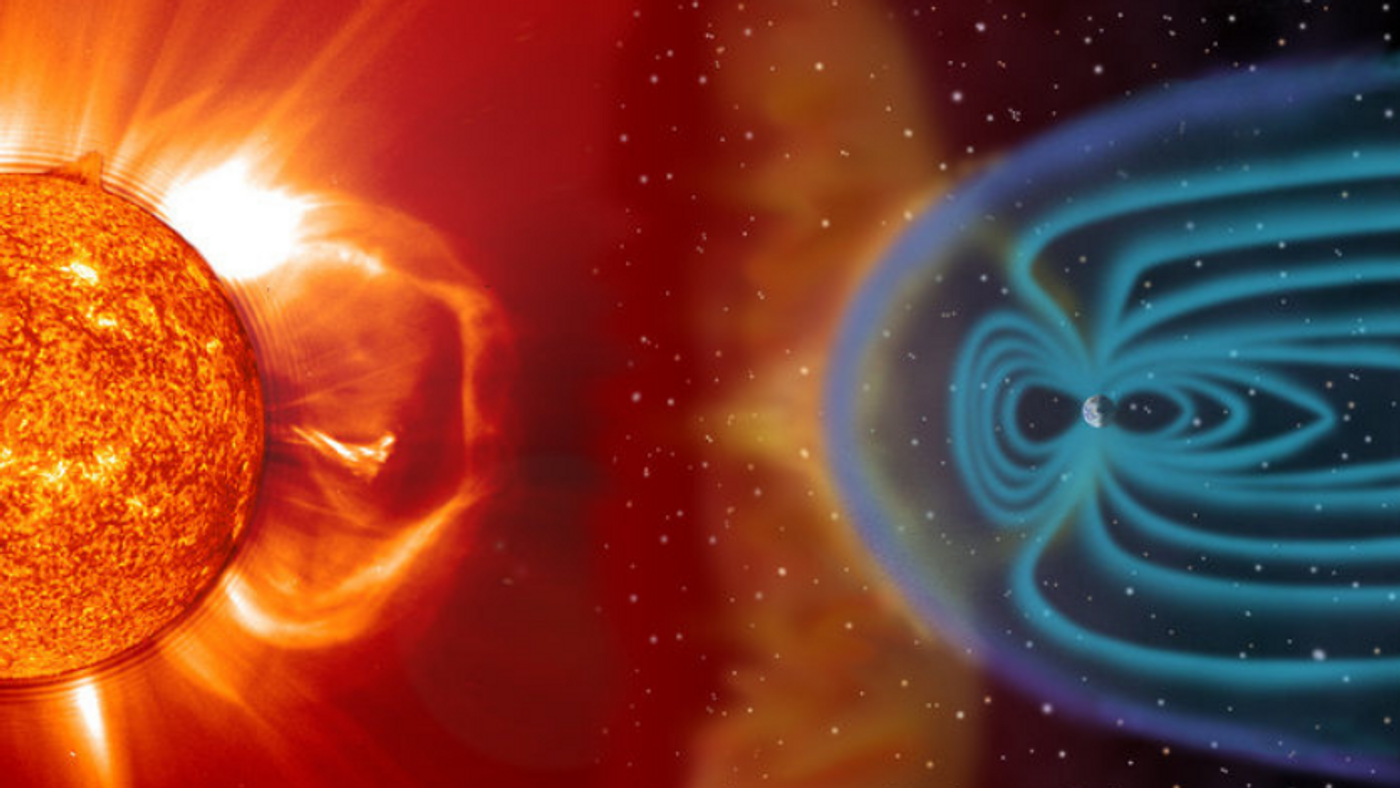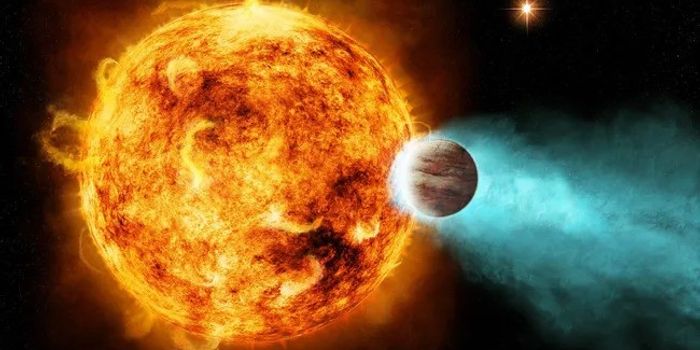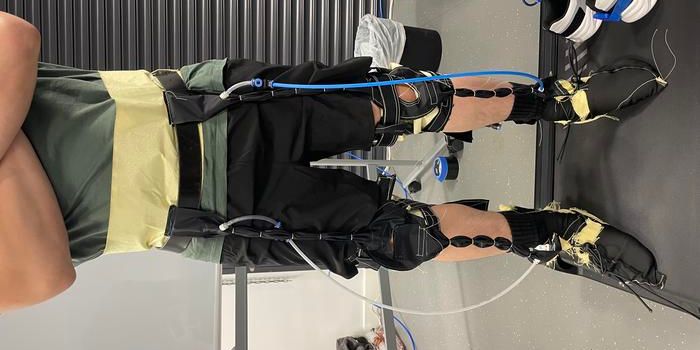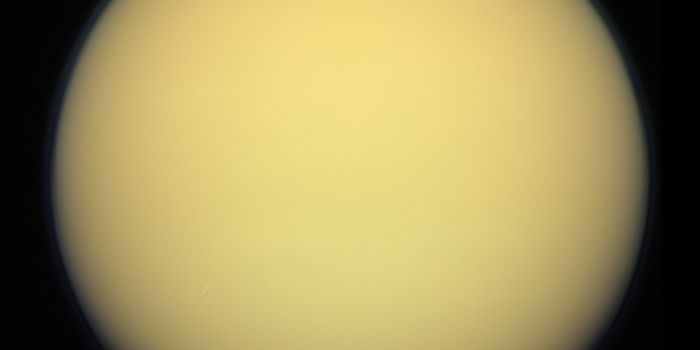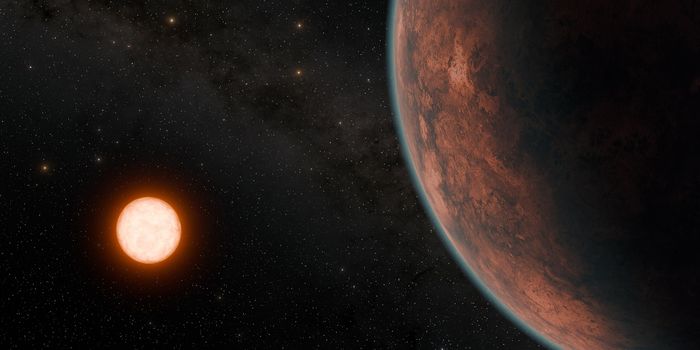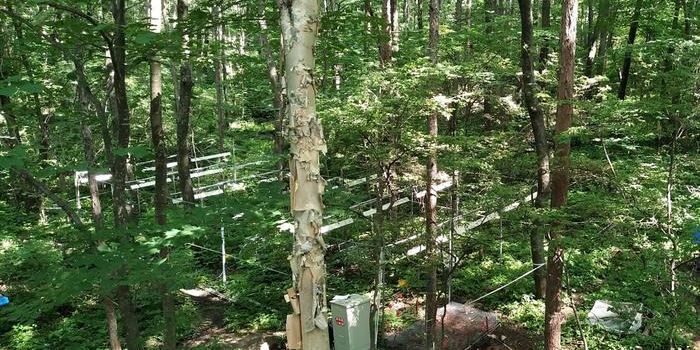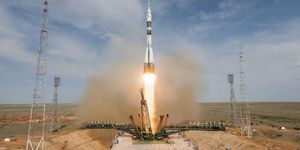Mass Destruction-Causing Solar Events Could Be Lurking Around the Corner
The Sun, the center of our planetary system, is always nurturing and providing. But when it is having a "bad" day, we on Earth could be taking some serious damages.
Take a coronal mass ejection (CME) event, for example, it is a massive plasma storm discharged from the corona (Latin for "crown") of the sun. Originating from the active regions on the Sun's surface, such as the clusters of sunspots, CMEs may happen as frequently as three times a day during solar maximum, the most active period in an 11-year solar cycle.
Though seem like just a big sneeze, a CME that is blown directly toward us could spell big troubles, especially in our current electricity-driven society. In 1859 a powerful class X45 solar flare, also known as the Carrington Event (named after its co-discoverer British astronomer Richard Carrington) hit Earth's magnetosphere and induced one of the most powerful geomagnetic storms that were ever recorded. Besides brightening up the midnight evening sky, producing auroras around the globe, the CME-caused electromagnetic interference paralyzed the telegraph systems in Europe and North America. Some people even witnessed sparks along telegraph pylons.
In a more recent case, late October 2003, another CME from the solar storm not only caused temporary and permanent failure of several near-Earth orbit satellites but also knocked Sweden's power grid offline for over an hour.
That's why astronomers have been keeping a close eye on the solar activities. The Solar and Heliospheric Observatory (SOHO), constructed and launched by the European industrial consortium Astrium to study the sun, is the main spacecraft that provides scientists alerts on CMEs that are heading our way. However, its mission is coming to an end this December.
NASA launched their own solar observation satellites the STEREO (Solar Terrestrial Relations Observatory) A and B in late 2006. With one ahead of Earth in its orbit, the other trailing behind, the duo were in the perfect positions to track the Earth-bound solar plasma. However, the connection with STEREO B was lost three years ago due to its uncontrollable fast spin. Although STEREO A still is functional, it was not designed to collect CME data.
Without the proper space monitoring mechanisms, scientists are gravely concerned that we are facing a high risk of CME-caused damages to our telecommunication and power systems.
Magnificent CME Eruption in Full HD (NASA)
Source: ZME Science
